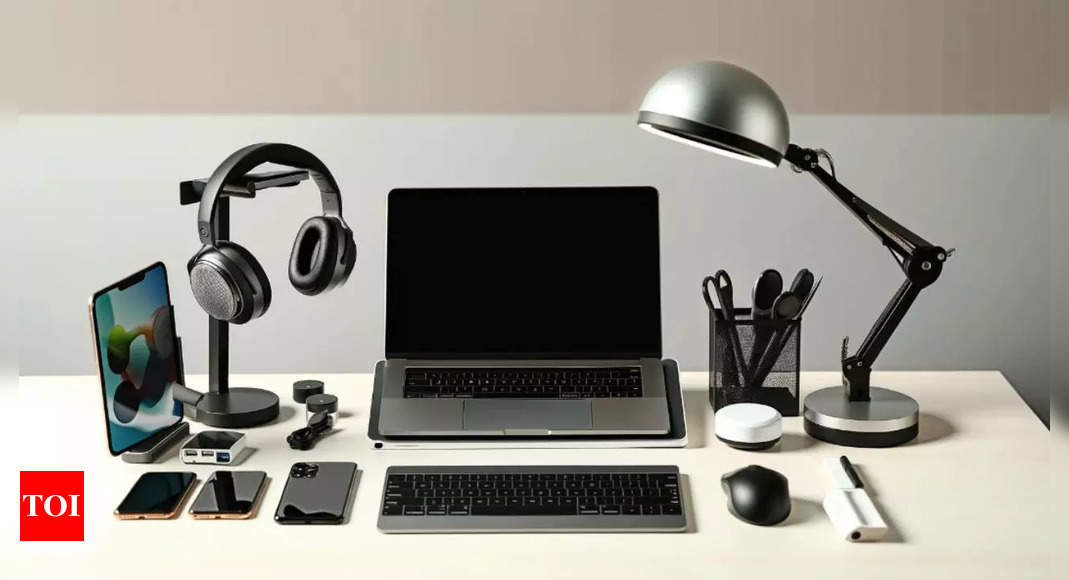
A debate has reportedly emerged between the Department of Promotion of Industry and Internal Trade (DPIIT) and the Ministry of Electronics and Information Technology (MeitY) regarding the classification of certain electronic items within the public procurement framework. According to a report in Economic Times, the two ministries are divided over whether electronic items such as storage consumables, printer cartridges, toners and printer cables should be in ‘Appendix A’ of the public procurement list.
What is ‘Appendix A’ here
‘Appendix A’ categorizes suppliers based on domestic content in their offerings, with class-I local suppliers having at least 50% local content and class-II suppliers having 20%. DPIIT advocates for the inclusion of items in ‘Appendix A’ of the procurement list, echoing industry demands. These categories benefit from preferential treatment in government tenders, even if their costs are up to 20% higher than the lowest bid, to bolster the ‘Make in India’ initiative and local manufacturing.
What are Class-I and Class II suppliers
A class-I local supplier is, for example, any company or firm whose goods, services or works offered for procurement meet the minimum local content requirement of at least 50%. In comparison, class-II suppliers have at least 20% local content addition in their products and services. These suppliers are said to be given preference in government tenders, including if their proposed cost for supplying these products and services is up to 20% higher than the lowest bidder (L1) for a project. These orders are meant to give preference to domestic suppliers to promote ‘Make in India’ and encourage local companies to set up better manufacturing facilities.
However, MeitY points out that products such as toners and cartridges have minimal local value addition, often disqualifying smaller companies from meeting tender norms. MeitY maintains that items like tablets, PCs/laptops, and smart cards meet the criteria for ‘Appendix A’, suggesting that other products be procured as needed.
“The demand and volume for these products is deficient compared to other electronic items such as laptops, computer monitors, contactless and smart cards. The domestic value addition in these products is negligible,” an IT ministry official told ET.
What is ‘Appendix A’ here
‘Appendix A’ categorizes suppliers based on domestic content in their offerings, with class-I local suppliers having at least 50% local content and class-II suppliers having 20%. DPIIT advocates for the inclusion of items in ‘Appendix A’ of the procurement list, echoing industry demands. These categories benefit from preferential treatment in government tenders, even if their costs are up to 20% higher than the lowest bid, to bolster the ‘Make in India’ initiative and local manufacturing.
What are Class-I and Class II suppliers
A class-I local supplier is, for example, any company or firm whose goods, services or works offered for procurement meet the minimum local content requirement of at least 50%. In comparison, class-II suppliers have at least 20% local content addition in their products and services. These suppliers are said to be given preference in government tenders, including if their proposed cost for supplying these products and services is up to 20% higher than the lowest bidder (L1) for a project. These orders are meant to give preference to domestic suppliers to promote ‘Make in India’ and encourage local companies to set up better manufacturing facilities.
However, MeitY points out that products such as toners and cartridges have minimal local value addition, often disqualifying smaller companies from meeting tender norms. MeitY maintains that items like tablets, PCs/laptops, and smart cards meet the criteria for ‘Appendix A’, suggesting that other products be procured as needed.
“The demand and volume for these products is deficient compared to other electronic items such as laptops, computer monitors, contactless and smart cards. The domestic value addition in these products is negligible,” an IT ministry official told ET.





